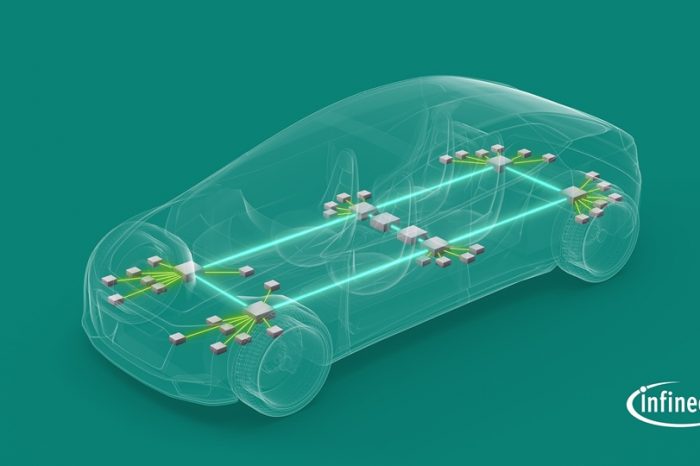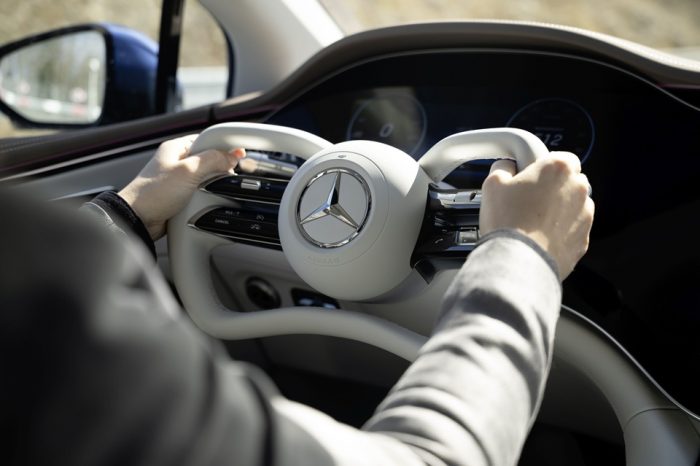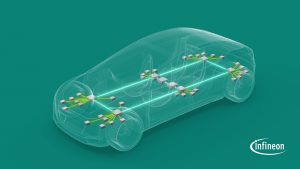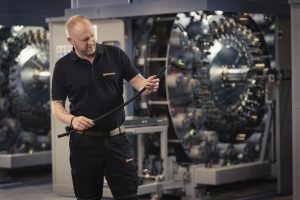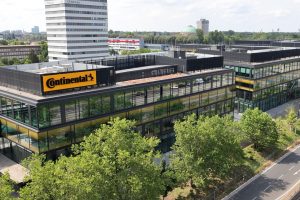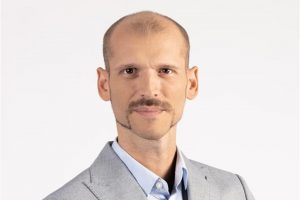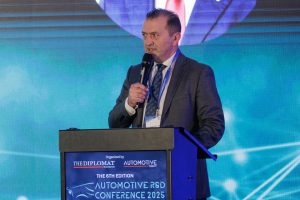Silviu Rei, Continental Sibiu: “AI is a strategic pillar, a catalyst for transforming the concepts we use when developing a product or service’
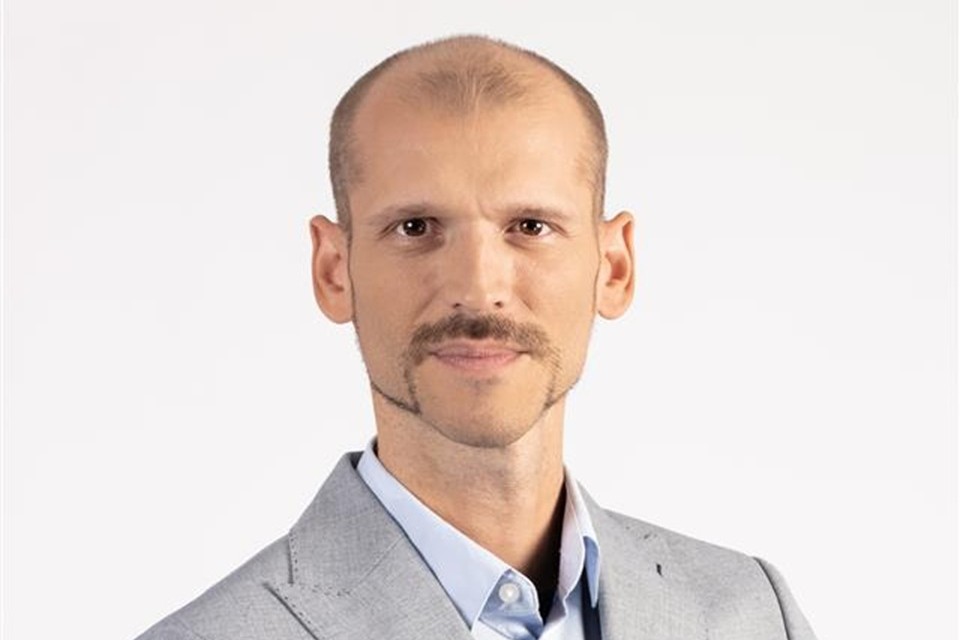
“There are quite complex challenges regarding the software architecture of these software-defined vehicles. The discussion about these vehicles cannot be done without mentioning the hardware. If we want to have maximum versatility and integrate different technologies or different functionalities in the car, we also need to have very flexible hardware.
Microelectronics remains of interest together with software development. Software-defined vehicles are not just computers on wheels, they are entire ecosystems of computer networks on wheels. We have computers that communicate with each other and increasingly complex ECUs,” Silviu Rei, Head of R&D, Continental Sibiu said at Automotive R&D Conference organized by Automotive Today and The Diplomat-Bucharest.
Key statements:
- Behind the electrification trend is a more subtle trend, that of managing the energy flow at the system level, a trend directly related to decarbonization. The idea is for a car to consume as little energy as possible and generate as few emissions as possible. We are talking here about regenerative braking, but also about thermal management.
- Artificial intelligence is starting to be implemented inside these ECUs and plays a crucial role in optimizing energy management processes. It can be a very good conductor of actions that take place invisibly for the driver, but they are actions that consume energy.
- Another trend is to develop a functionality integrated in the cloud. Not all functionalities are inside the car, some are on a server far away, the car connects to that server and uses the infrastructure to be able to execute different tasks. Development processes are starting to be “touched” by artificial intelligence.
- We need a dynamic and agile strategy to cope with changes in the industry. We are talking about modularity, reuse. This means that there are pieces of code, pieces of hardware that can be reused to a fairly large extent (80-90%). We are talking about the concept of digital twins, that is, we use virtual configurations in which we can test, simulate or implement certain components without having the other components. For example, we can test a window lifter without having it because we can simulate it. The concept of digital twins is very important when we talk about many computers that are connected to each other.
- For us, AI is a strategic pillar, a catalyst for transforming the concepts we use when developing a product or service. The second transformation is aimed at transforming the workforce. AI will free up more time for people, time that is currently used for both creative activities and repetitive tasks.
- AI does not replace engineers but elevates them to another level. This means a transition from execution to reasoning and a retraining of certain skills. Engineers will have to acquire other abilities, and repetitive tasks will disappear and be taken over by AI.



